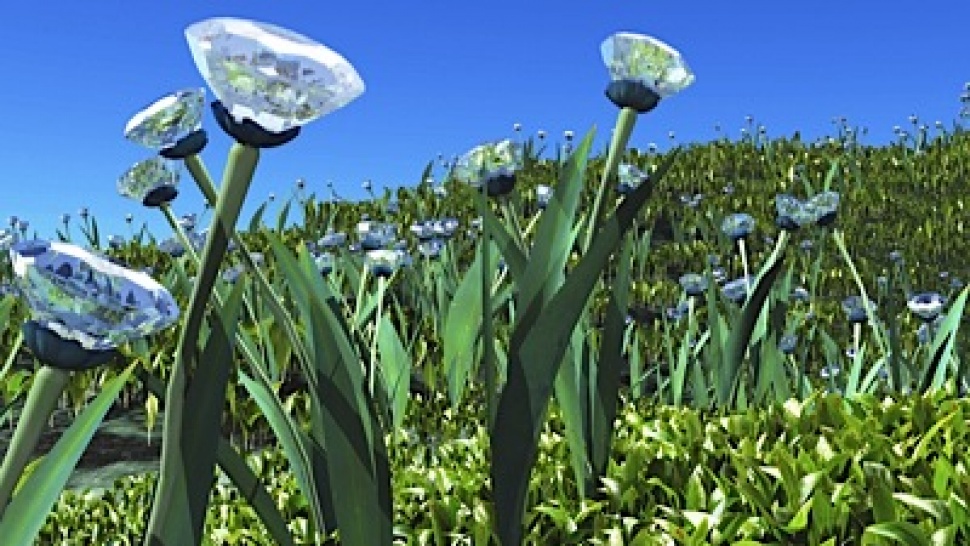Everyone knows what the diamonds are. But very few people know what Pandanus candelabrum is. Until recently, even botanist were not paying too much attention to this rare plant that grows in West Africa. However, the discovery that the plant thrives on rock that can contain diamonds awakened great interest in it.
Diamonds are formed due to extreme pressure and temperature deep underground, but can reach the surface through volcanic eruptions. They are often found in layers of kimberlite ore, petrified after a major eruption in the past.
It seems that the above mentioned plant grows only on the ground rich in kimberlite.
"Prospectors are going to 'jump on it' like crazy," says Steven Shirey, a geologist specializing in diamond research at the Carnegie Institution for Science in Washington.
 Prospectors are always looking for certain signs which would indicate the presence of minerals in the soil. For example, Lychnis alpina, in Scandinavia, and Haumaniastrum katangense, in central Africa, indicate deposits of copper, as they are particularly tolerant to the ore that eventually contaminated the surrounding soil. These two plants often point to the enormous deposits of copper.
Prospectors are always looking for certain signs which would indicate the presence of minerals in the soil. For example, Lychnis alpina, in Scandinavia, and Haumaniastrum katangense, in central Africa, indicate deposits of copper, as they are particularly tolerant to the ore that eventually contaminated the surrounding soil. These two plants often point to the enormous deposits of copper.
But Pandanus candelabrum is the first plant associated with diamonds. Stephen Haggerty, a mineralogist at Florida International University in Miami and the chief exploration officer of Youssef Diamond Mining Company, believes that this plant during evolution may have adapted to the magnesium, potassium and phosphorus-rich kimberlite soils. It just so happens that areas tend to be diamond rich, too.




Share the News